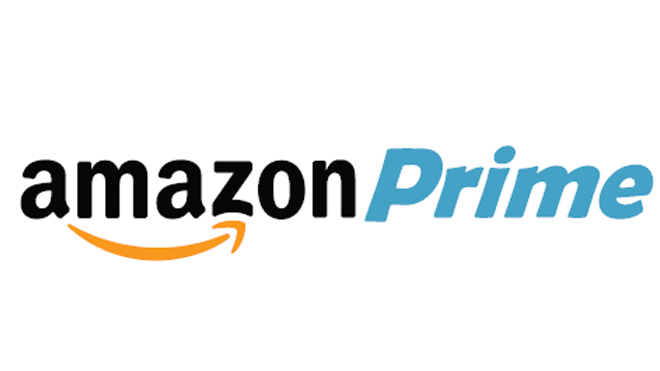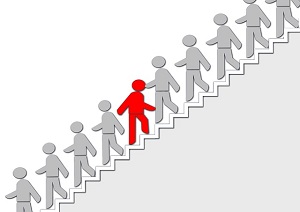Innovation is exactly what business is about. There is nothing more exciting and rewarding for a company than to design and create a truly unique product however, at what price is innovation worth harming our only home, the planet Earth? With the advent of Amazon's new Dash Button I find myself considering the downside to innovation no matter how ingenious it may be.
The marketer in me finds the Dash Button to be an incredible invention. As I have learned in my marketing class, any way a company can remove a customer from the actual spending process is extremely helpful in creating sales. When a person doesn't have to count out their money and watch it leave their hands, they are far more apt to spend their hard earned dollars. Credit cards, Debit Cards, and now Apple Pay may attest to this fact. I believe the Dash Button will be even more effective in removing the customer from the spending and purchasing process in that all they have to do is click a button and then approve the purchase on their cell phone. There is no physical act of handing over cash, or taking out a credit card/ entering credit card information online; there is simply the click of a button, then the rewarding arrival of household products on the customer's very own doorstep.
The Dash Button has the added benefit of its potential to boost Amazon Prime memberships. The types of products that the buttons offer are daily household goods that people won't want to go long without. In an effort to expedite arrival of products after pushing their Dash Buttons, consumers will be likely to purchase Prime membership so that they may receive free two-day shipping on their purchases. Currently, the button is being sold exclusively to Prime members, which means those who want Dash Buttons but don't have Prime currently will be purchasing membership soon.
Possibly the strongest benefit Dash Buttons have going is convenience. Dash Buttons are making it possible to not have to go out to stores and buy products, as well as to not have to sit down in front of a computer and order products. This is extremely alluring to consumers. Any product that can cut down on the use of time and effort on the consumer's end is likely to be a success in our fast-paced and hectic lives.
Unfortunately, as ingenious as I believe the Dash Button to be from a marketing standpoint, I cringe when I think of the product from an environmental standpoint. If one were to go out and purchase the products offered through Amazon's Dash Button at a brick and mortar store, they would be harming the environment from the emissions of the vehicle they took to get to the store, as well as disposal of the packaging of the product after purchase. The Dash Button decreases consumer effort but increases waste. Not only does the shipping require the emission of fuel from vehicles/ the use of gasoline, but also, additional packaging in the form of cardboard boxes. With the Dash Button not only will consumers dispose of the product's packaging (creating waste) but also, the box it was shipped in (which hopefully they will recycle). In my opinion that makes the convenience of the Dash Button simply not worth the cost. As an environmentally conscious individual I just don't think clicking a button to receive goods is incredible enough to reconcile the unnecessary/additional waste it creates. I am interested to see how successful the button is, and learn whether convenience or earth consciousness wins out.










